Talk Archives
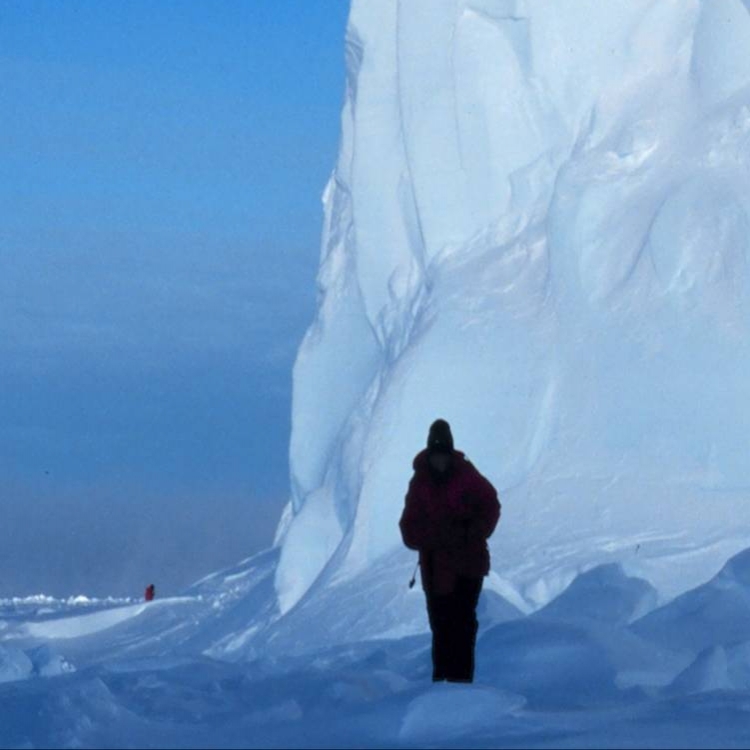
Ice Adventures: Tracking Evidence of Abrupt Climate Change Across the Tropics
While Antarctica and Greenland may first come to mind when thinking of frozen fields of ice, glaciers occur widely across the planet – even on the equator. These glaciers at tropical latitudes preserve paleoclimate histories unattainable elsewhere. Unfortunately, these glaciers are rapidly melting. Dr. Lonnie Thompson shares the work done on both glaciers in the Antarctica and tropics.
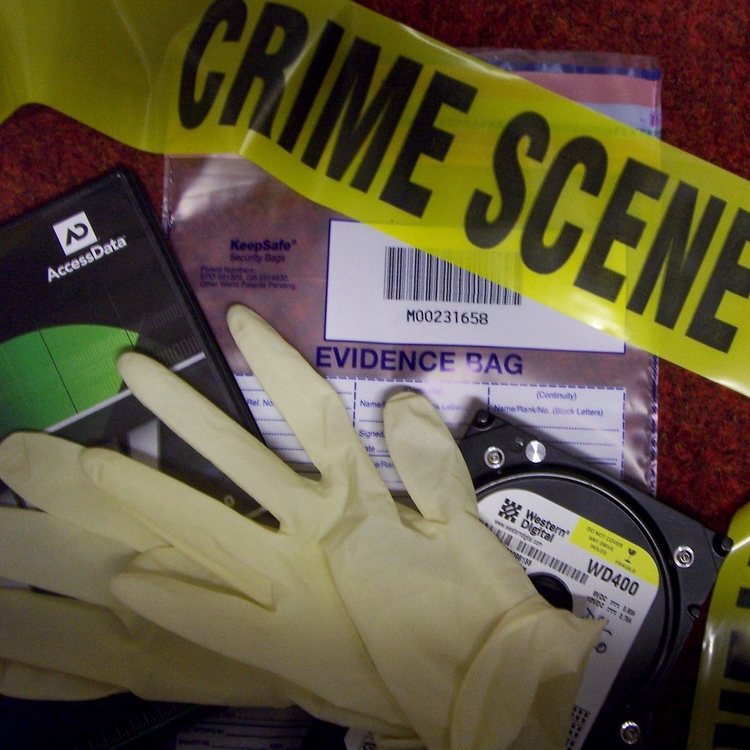
CSI – Texas: The Science of Sleuthing
The scientific collection and evaluation of evidence has taken on an increasingly important role in apprehending and convicting criminals. We’ve seen the television version of these efforts on shows like CSI, but what goes on in a real crime laboratory? William Ginn, Manager of the Department of Public Safety's Crime Lab in Austin, shares the scientific procedures used to protect the innocent and convict the guilty.
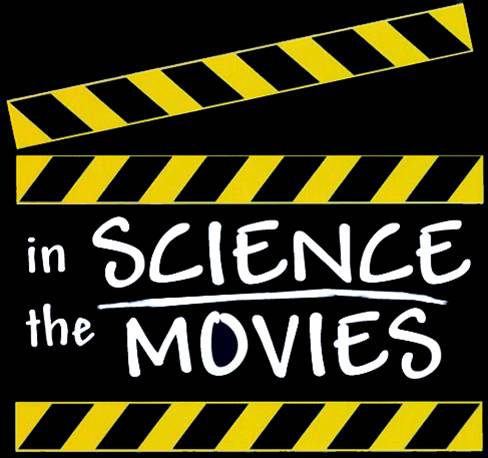
Science in the Movies: The Science Behind Stunts & Special Effects
Ever wonder how stuntmen stay safe when they’re on fire, crashing through windows, or jumping from buildings? Steve Wolf shares how mechanics, kinetics, heat, electronics, optics, chemistry, engineering, mathematics, computers and safety are used to create special effects.

Exploring Outer Space: Fact vs. Fiction
Outer space is a topic that easily captures the human imagination. But whether we are thinking about satellites circling the Earth or Star Trek, most people have at least a few misconceptions about space and space travel. Dr. Wallace Fowler takes a close look at some of these misconceptions and myths about outer space.
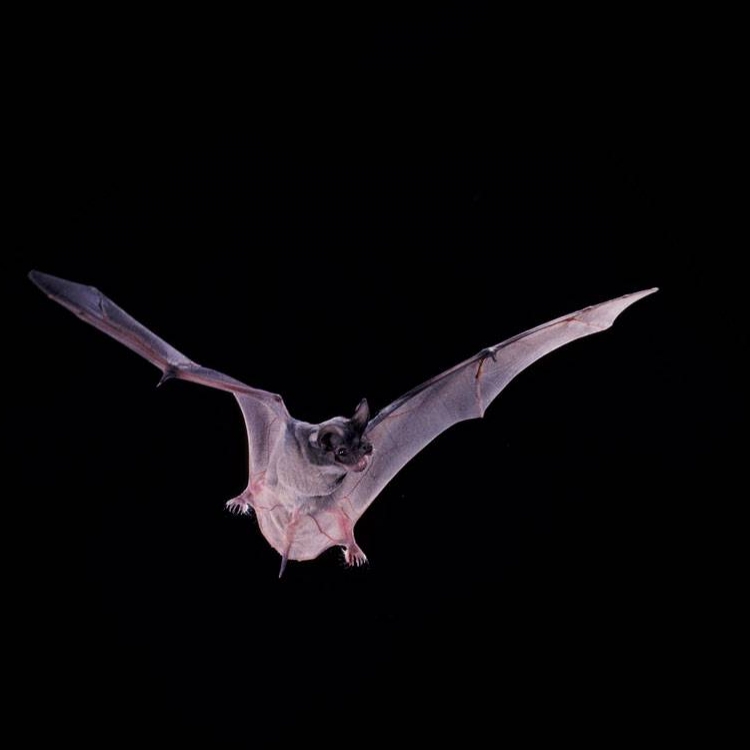
Seeing the World Through Their Ears: The Exotic World of Bats
There are about 1000 species of bats, and one or more species is found in every tropical and temperate region on Earth. Bats “see” their world through their ears by using a form of biological sonar called echolocation. Dr. George Pollack looks at how bat eyes, ears and brains construct the world around them.

What’s in the Water: The History and Future of Barton Springs
Austin’s “crown jewel”, Barton Springs is enjoyed by more than 350,000 people per year and has a history dating to prehistoric use by Native Americans. Today, it provides habitat for unique flora and fauna while providing a distinctive recreational experience. Dr. Barbara Mahler shares the physical properties of the spring, the effect of storms and the sources of pollutants that might endanger the health of the spring and its users.
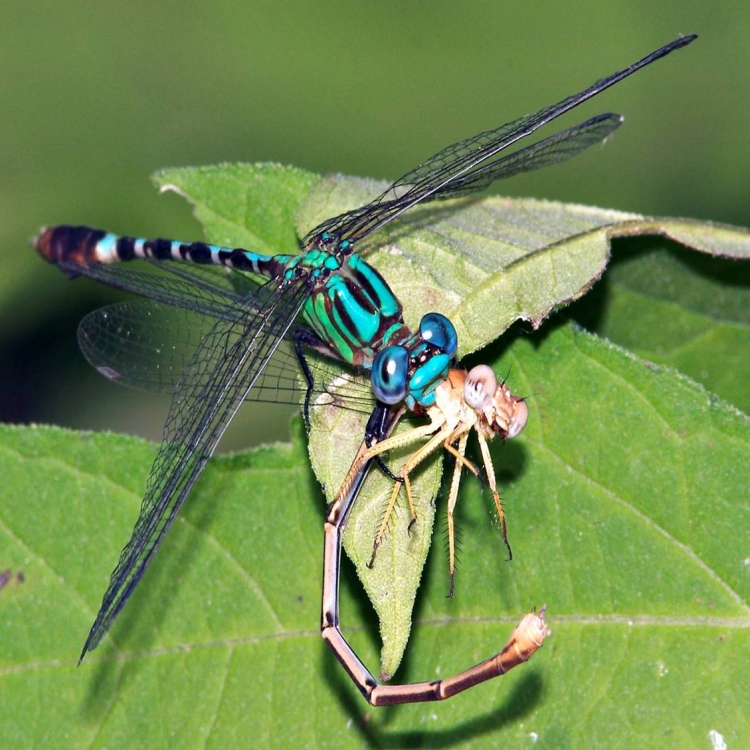
The Good, the Bad, and the Ugly: Texas’ Amazing Insects
Nature’s creativity and imagination is evident in diversity among organisms. What better area to observe diversity than in insects? Dr. John Abbot shares the vast variety of shapes, anatomy, and colors exhibited in insects. Texas is home to over 30,000 insects, including around 6,000 species of beetles and 5,000 species of butterflies and moths. With only 5,000 species of mammals and 10,000 species of birds in the world, these are some pretty amazing numbers.

Citizen Science: Man vs. Machine in Providing Rapid Earthquake Information
Recent technological advances in computer and communication technology have allowed seismologists to rapidly respond to earthquakes in revolutionary ways. Rather than limiting post-earthquake information to simply epicenter and magnitude, we can now rapidly provide maps of the intensity of shaking over the region affected by a damaging earthquake. Dr. David Wiald shares the technology behind these innovative systems.
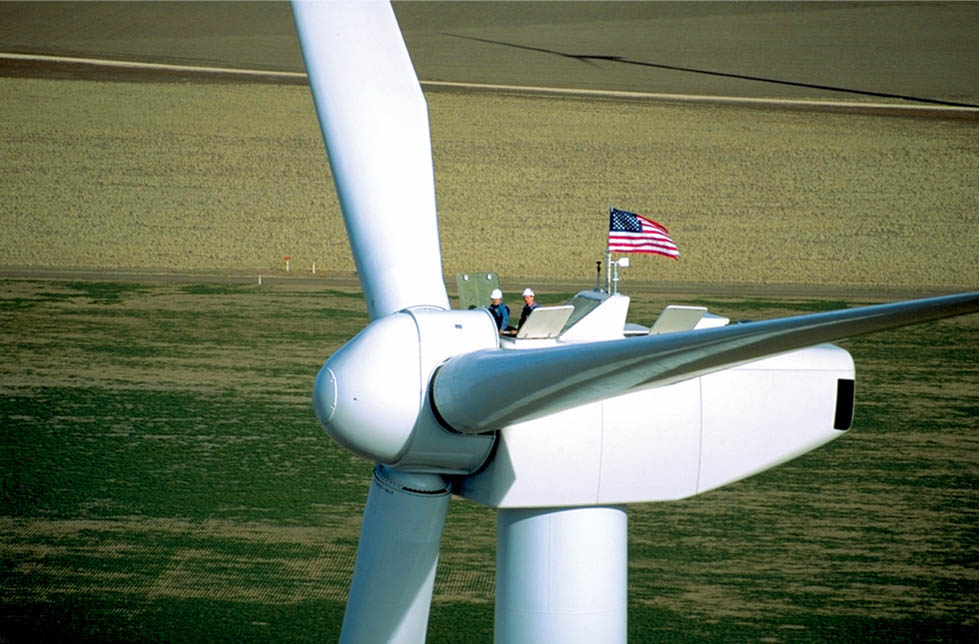
Austin’s Power: Green Power is Clean and Renewable
Austin Energy, the City of Austin’s municipally owned electric company is one of the nation’s leaders in expanding the use of renewable energy through it’s GreenChoice electric rate, which gives customers an opportunity to demonstrate their preference for renewables over fossil fuel power and gradually transforming their utility through their choice. Mark Kapner shares the development of the GreenChoice program at Austin.
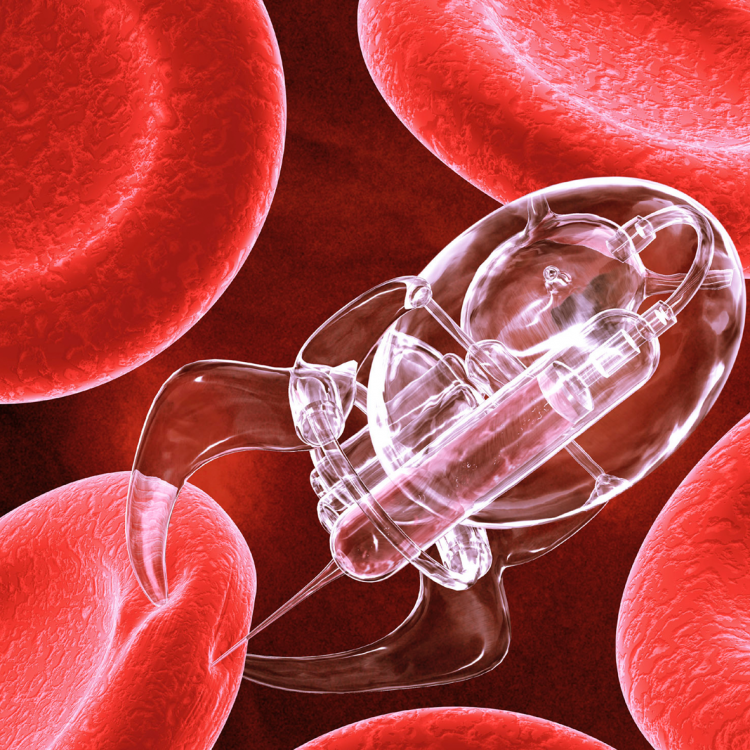
Nanoscience: Big Science at Tiny Scales
Nanotechnology refers to the ability to manipulate individual atoms and molecules, making it possible to build machines on the scale of human cells or create materials and structures from the bottom up with novel properties. Dr. Paul Barbara explores nanotechnology and how researches at The University of Texas at Austin are helping shapre our nanotechnology future.